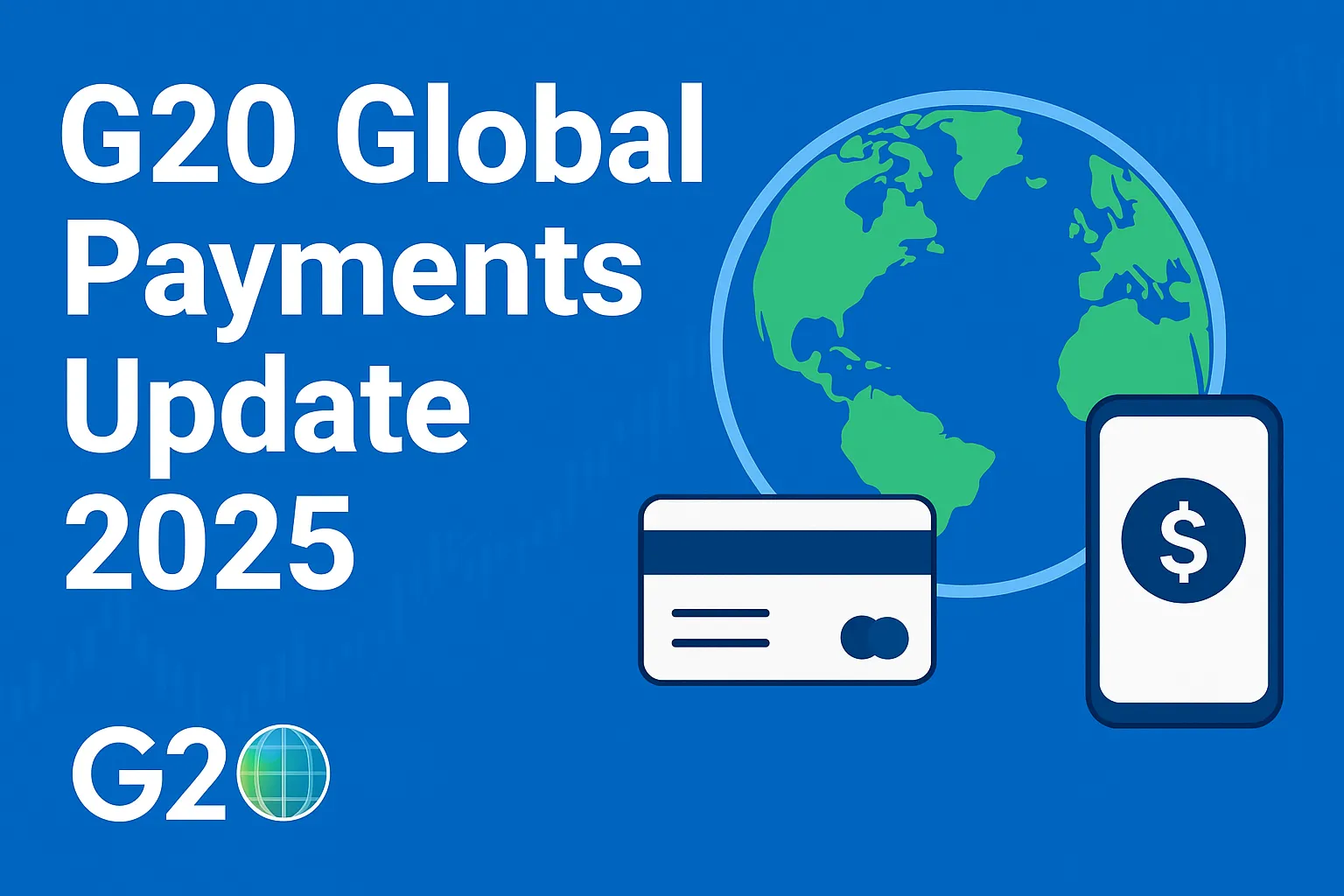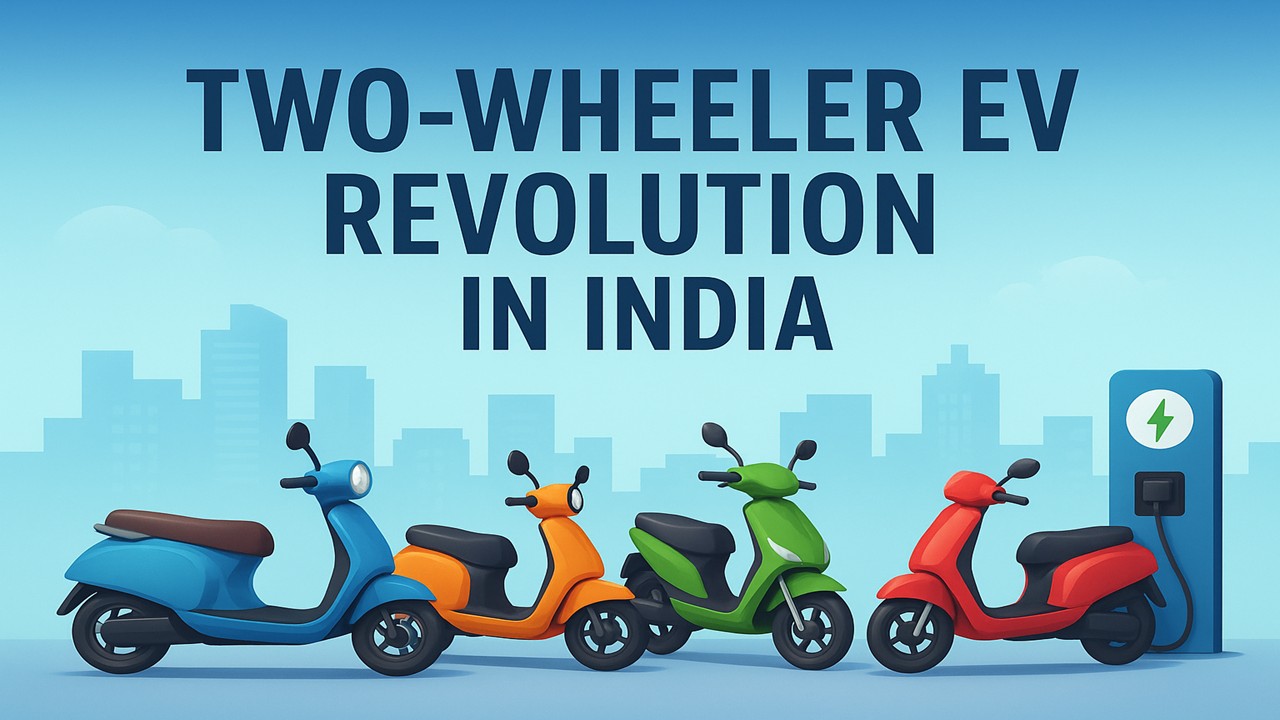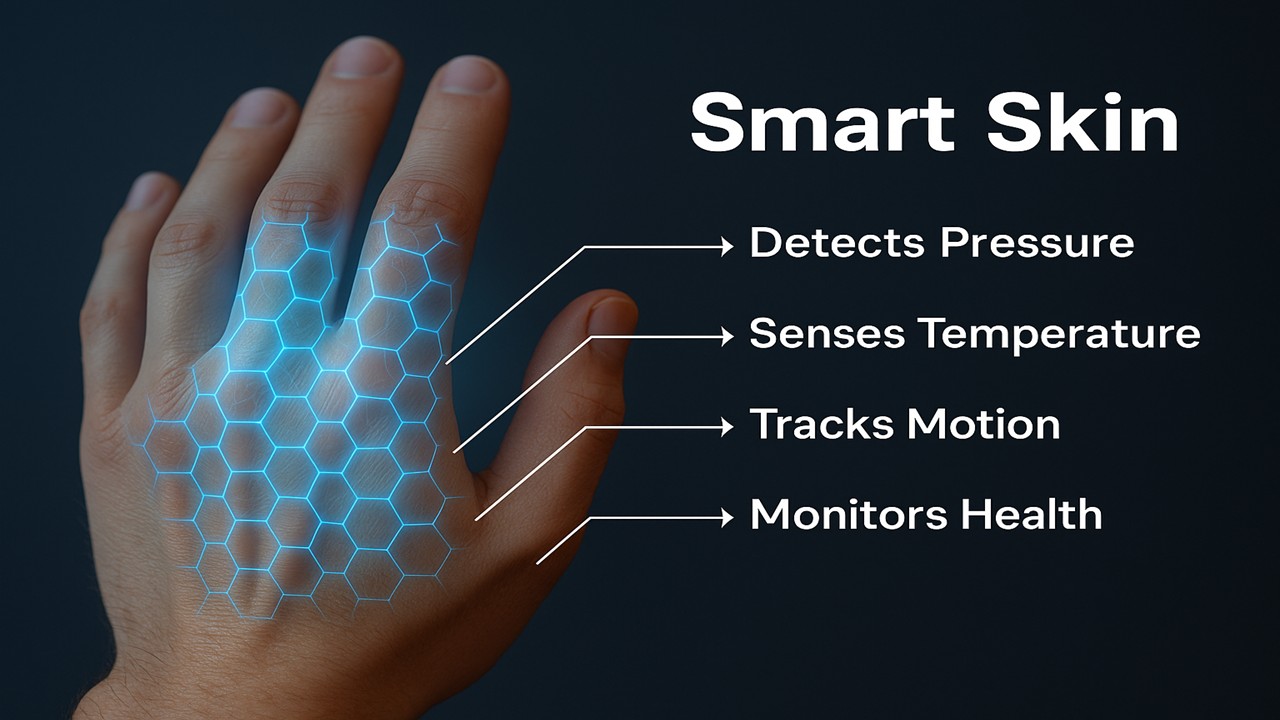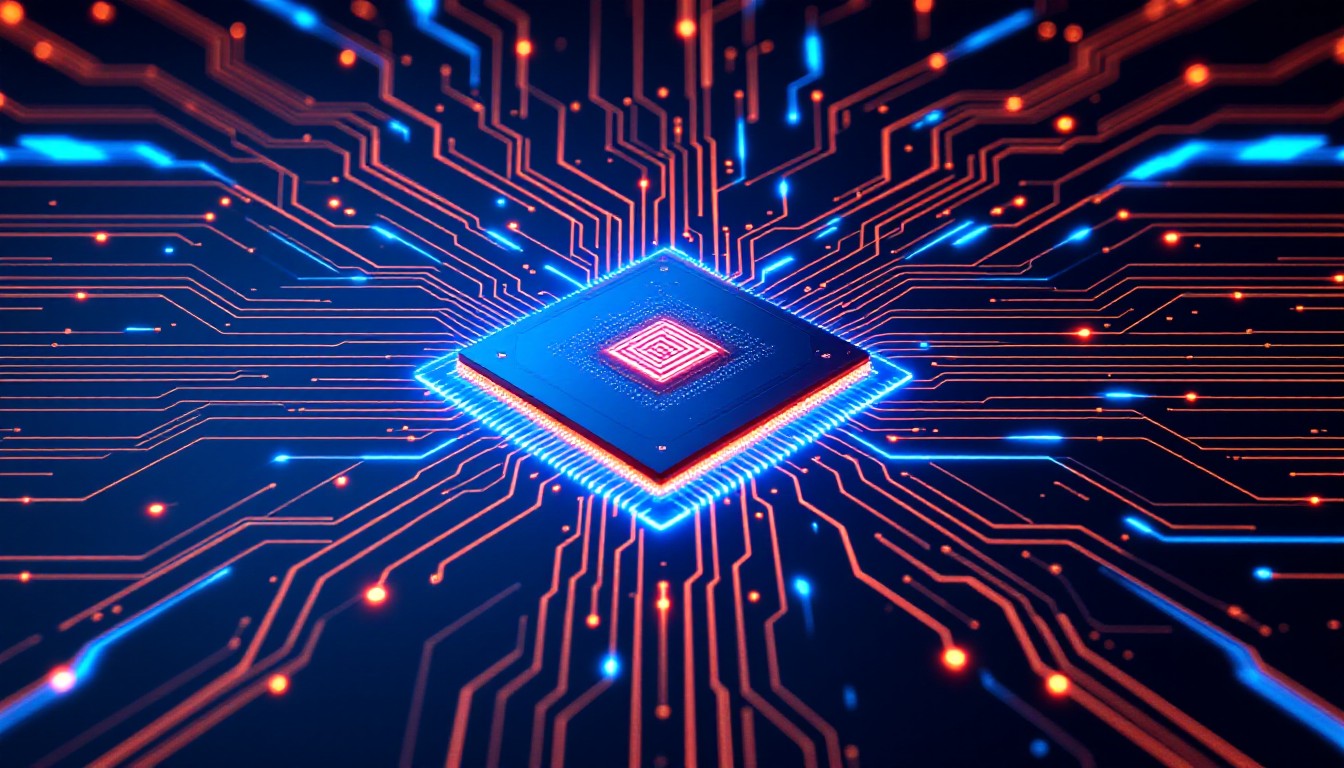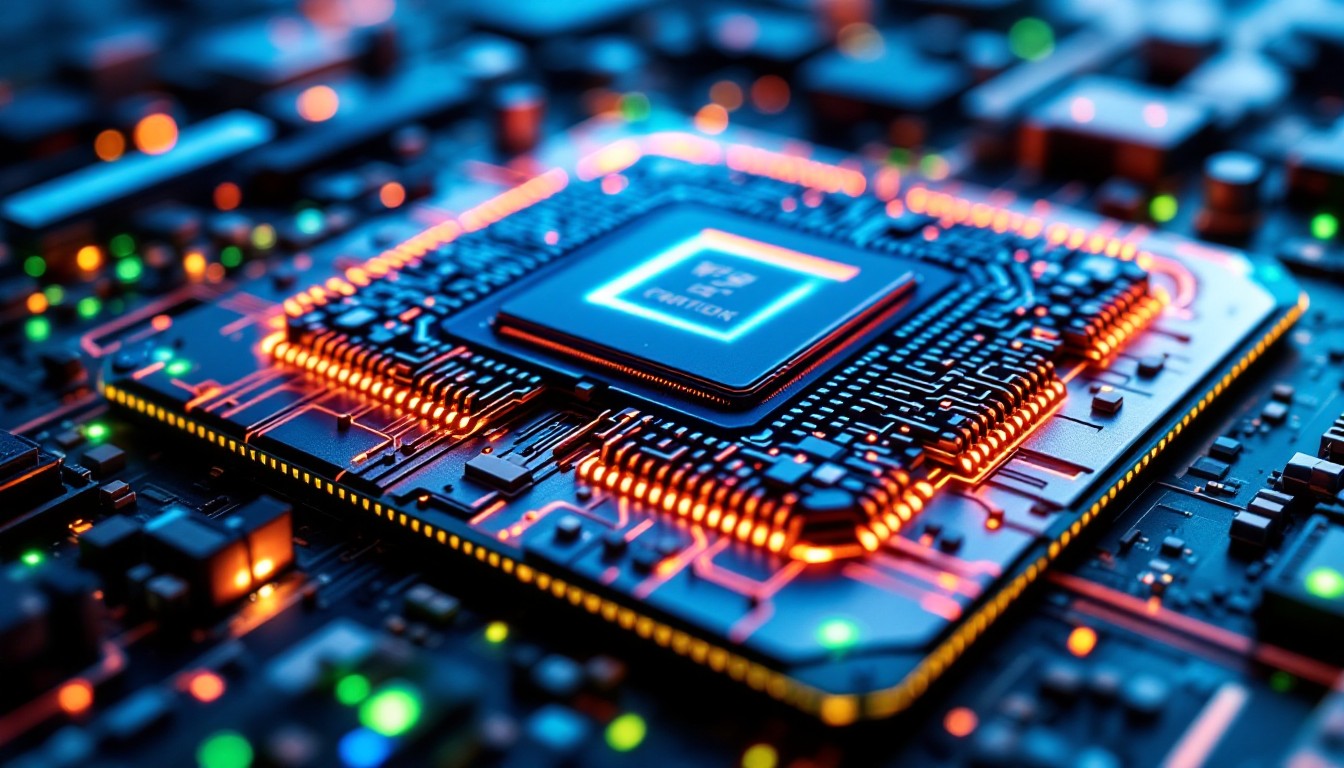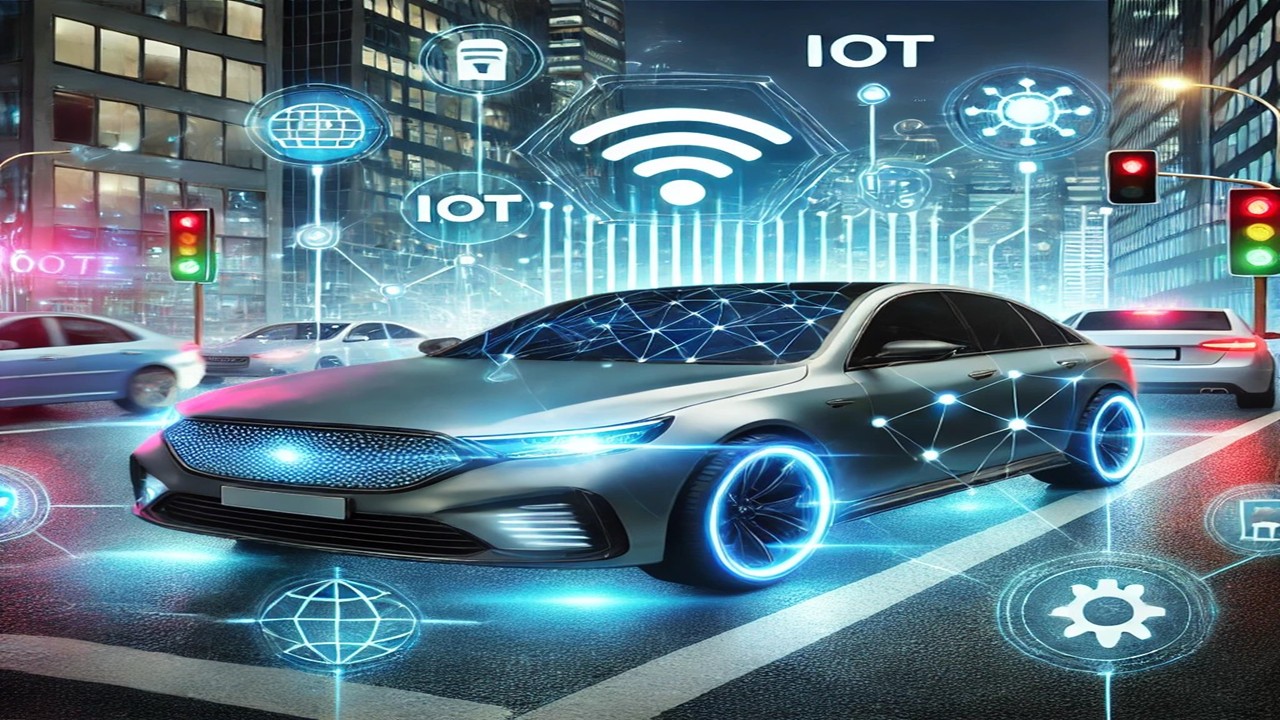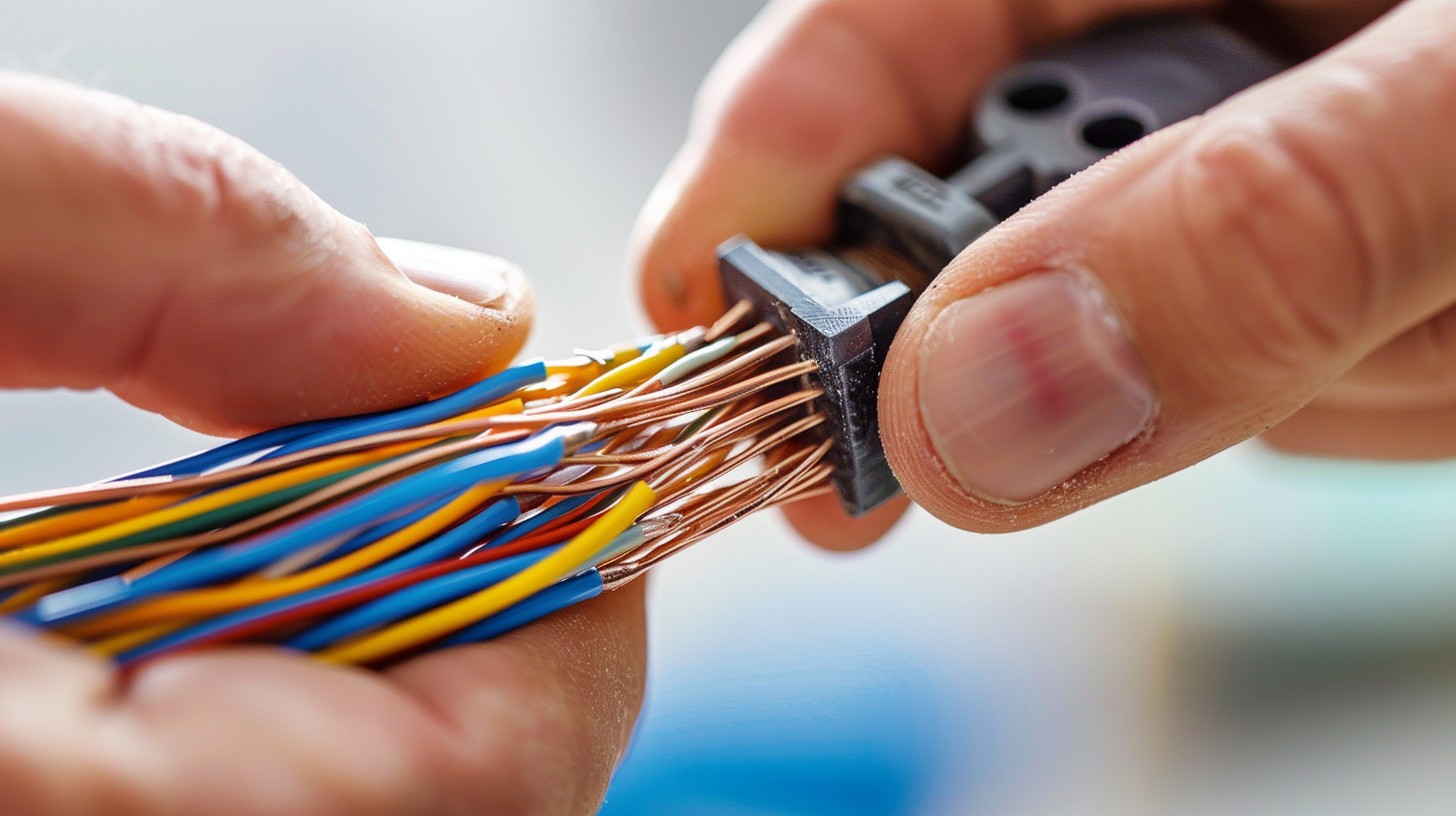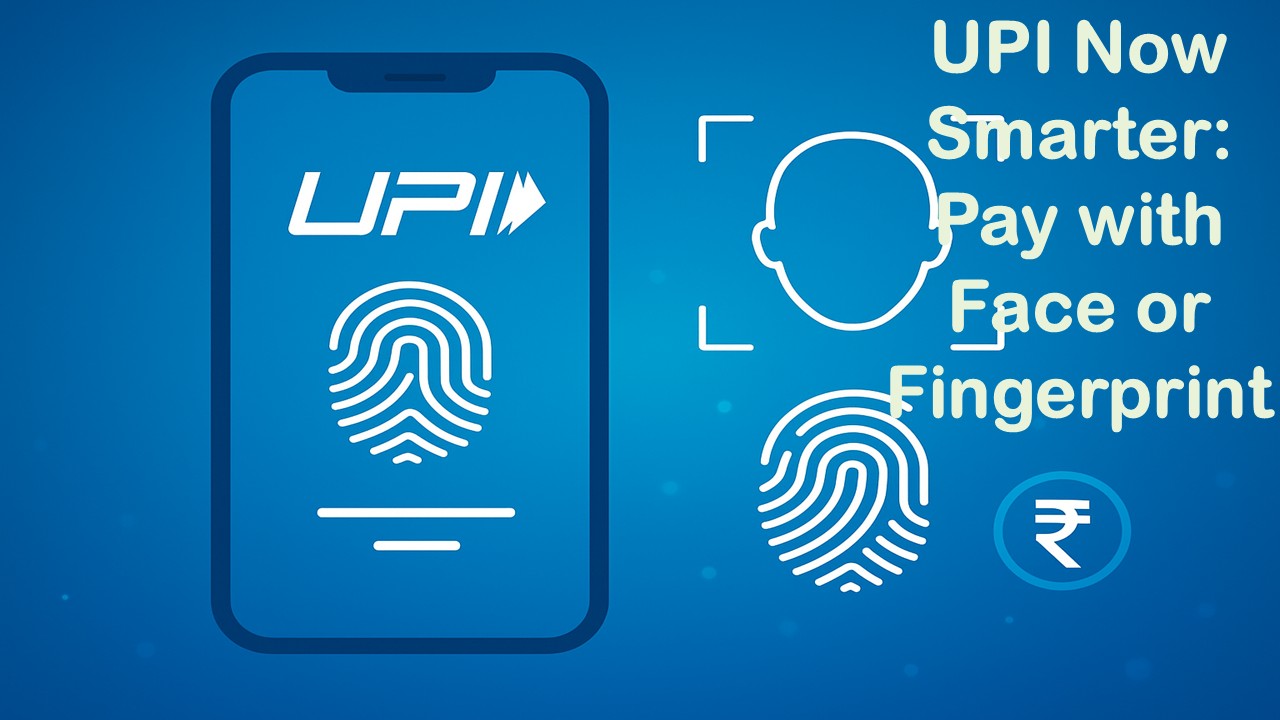
हिंदी में पढ़ने के लिए मेनू बार से हिंदी भाषा चयन करें।
The National Payments Corporation of India (NPCI), in collaboration with the Reserve Bank of India (RBI), is preparing to roll out biometric authentication—using face or fingerprint recognition—for UPI payments. This move is aimed at enhancing transaction security and user convenience, marking a major step in India’s growing digital payment ecosystem.
What’s New
According to recent reports, the NPCI is working on integrating biometric-based verification directly into the UPI system. This means users will soon be able to approve transactions using their fingerprint or facial recognition, instead of entering a PIN.
The initiative is being developed under RBI’s digital payment security framework and aligns with the government’s broader vision of “Digital India” and secure, seamless transactions.
Why Biometric Authentication
The goal is to reduce fraud and make payments faster. Currently, UPI relies on a four- or six-digit PIN, which, though secure, is prone to misuse if compromised. Biometric verification, however, provides a unique and personal layer of security, as fingerprints and face data cannot easily be duplicated.
Experts believe this upgrade will significantly cut down on phishing and OTP fraud cases.
How It Will Work
Here’s how the system is expected to function:
- When you initiate a UPI payment, the app will prompt for biometric authentication.
- You can authenticate via fingerprint or facial scan—based on your device capabilities.
- The UPI system, connected with NPCI’s central framework, will verify your identity.
- Once matched successfully, the transaction will be completed instantly.
This feature will use device-level biometric hardware (like your smartphone’s fingerprint scanner or face unlock) without sharing sensitive data with third parties.
Linked with Aadhaar Ecosystem
Sources suggest that the new authentication model may also leverage the Aadhaar-based e-KYC and biometric database, making it easier for banks and payment apps to validate users in real-time.
However, privacy safeguards are being discussed to ensure that no biometric data is stored or misused by intermediaries.
Pilot Testing and Rollout Plans
The NPCI has begun pilot testing with select banks and payment apps like PhonePe, Google Pay, and Paytm. Once successful, a nationwide rollout is expected in phases starting early 2026.
The first phase will likely focus on small-value transactions, before expanding to all UPI payments.
Expected Benefits
- Faster transactions: No need to type a PIN.
- Enhanced security: Harder for fraudsters to breach.
- Ease of use: Especially beneficial for elderly or less tech-savvy users.
- Supports financial inclusion: Simplifies digital payments for rural areas with biometric devices.
Expert View
According to fintech analysts, the move will transform India’s digital payment landscape, making UPI even more reliable.
“With biometric authentication, UPI will achieve global standards in payment security,” said a senior fintech expert.
Challenges Ahead
While the initiative looks promising, a few challenges remain:
- Compatibility across all smartphone devices.
- Ensuring biometric data protection and privacy.
- Internet connectivity issues in remote areas.
NPCI and RBI are reportedly working on offline authentication methods to overcome these hurdles.
Outcome
The upcoming biometric authentication system marks the next big leap in India’s fintech revolution. By combining security, speed, and simplicity, NPCI and RBI aim to make UPI transactions not just easy—but nearly impossible to fake.
If implemented successfully, India will be among the first countries to introduce biometric-based digital payments at such a massive scale.
Source: NPCI Press Release


